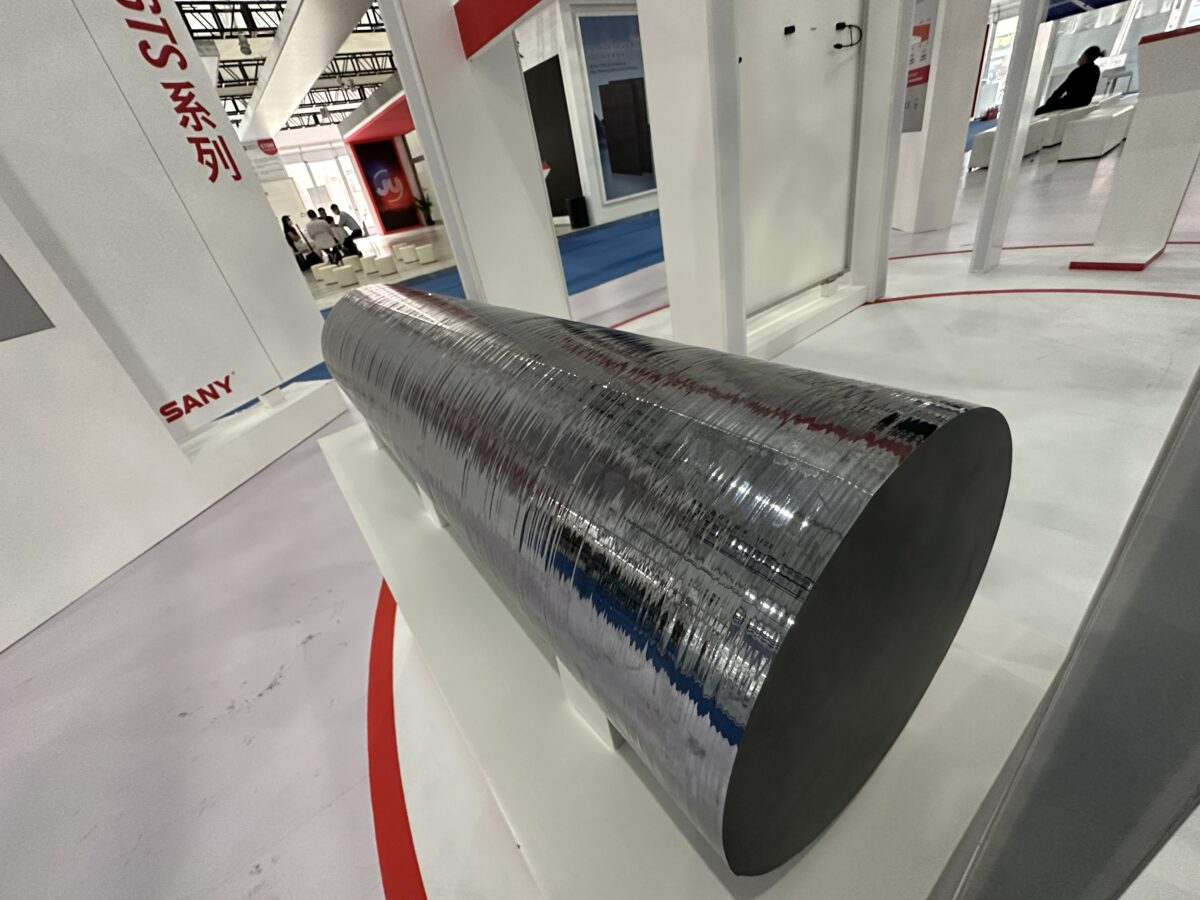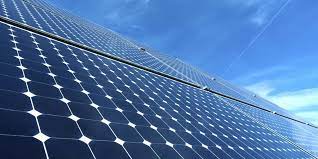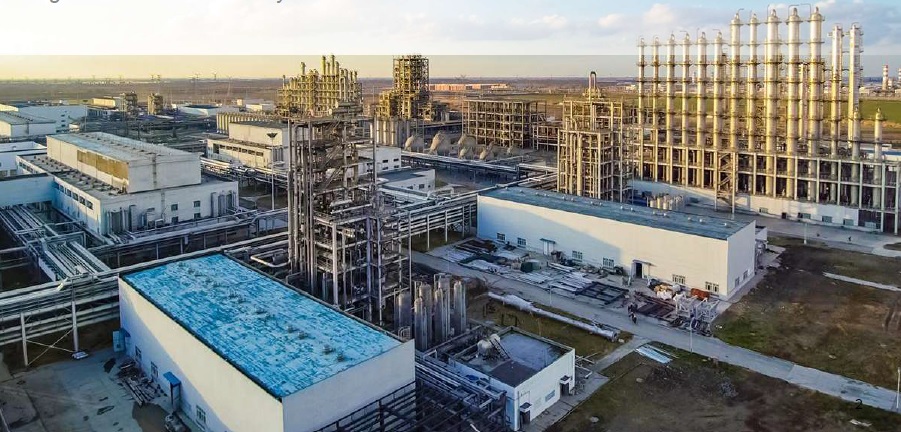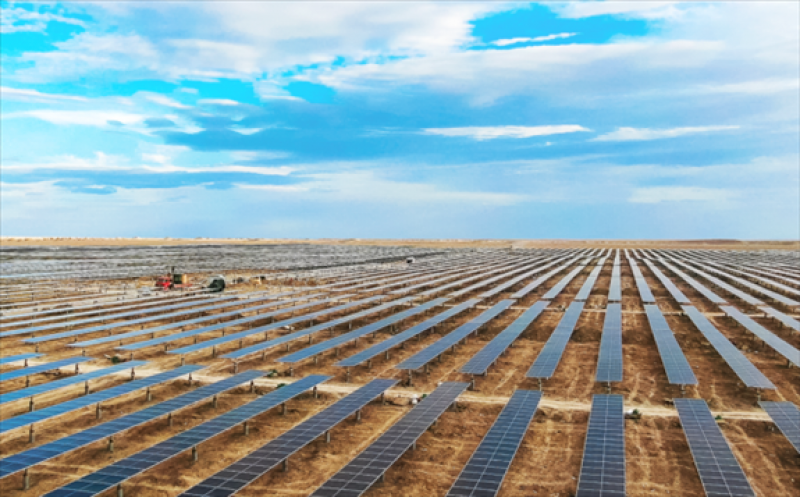
The Energy Efficiency 2023 market report, published today, finds that policy momentum for energy efficiency continues to build following the global energy crisis set off by Russia’s invasion of Ukraine. Investments in efficiency have grown by 45% since 2020, and in the past year, countries representing three-quarters of global energy demand have strengthened energy efficiency policies or introduced new ones. Key measures are also becoming more widespread. For example, almost all countries now have efficiency standards for air conditioners, and the number of countries with standards for industrial motors has tripled within the past decade.
However, the report found that global improvements in energy intensity – a primary measure of energy efficiency – slowed in 2023. According to the report, this was the result of factors such as an economic rebound in energy-intensive sectors such as petrochemicals and aviation in some regions, as well as booming demand for air conditioning during what is on track to be the hottest year on record.
The IEA’s analysis has shown that to achieve net zero emissions from the energy sector by 2050, which is essential to limit global warming to the Paris Agreement target of 1.5 °C, annual improvements in energy efficiency need to double – rising from a level of 2% in 2022 to more than 4% per year on average between now and 2030. In 2023, global energy intensity improved by 1.3%, well below what is needed to achieve this target.
“The world’s climate ambitions hinge on our ability to make the global energy system much more efficient. If governments want to keep the 1.5 °C goal within reach while supporting energy security, doubling energy efficiency progress this decade is critical,” said IEA Executive Director Fatih Birol. “The findings of this report are a stark warning to the leaders gathering shortly at the COP28 climate conference in Dubai that they all need to commit to stronger action on efficiency and to deliver on it.”
A global commitment to double energy efficiency improvements this decade is one of the IEA’s five pillars for a successful outcome at COP28, which begins this week. Other priority actions to 2030 include tripling global renewable energy capacity; oil and gas companies committing to clean energy transitions, including cutting methane emissions from their operations by 75%; boosting clean energy investment in emerging markets and developing economies; and ensuring the orderly decline of fossil fuel use, including an end to new approvals of unabated coal-fired power plants.
The slower global rate of efficiency improvements masks some strong gains at the national level. After improving energy intensity by 8% in 2022, the European Union is set to post a 5% improvement this year. The United States is also on track for a 4% improvement in 2023. Since the start of the energy crisis, more than 40 countries in total have improved energy efficiency at a rate of 4% or more for at least one year.
The report notes that consistent and widespread efficiency gains are crucial to drive down emissions, especially given expectations for global growth in electricity demand. For example, universally switching to LED technology for lighting in the United States could save enough energy to power 3 million electric vehicles per year or heat 2.6 million homes with heat pumps.
The report also finds that achieving the doubling target would deliver substantial benefits for governments, citizens and industry. Under this scenario, employing workers in activities like retrofitting homes, installing heat pumps and manufacturing more efficient cars would lead to the creation of 4.5 million more jobs. It would also cut today’s home energy bills – reducing them in advanced economies by around one-third, for example. The climate impact would also be enormous. Doubling energy efficiency improvements by 2030 would lower global carbon dioxide emissions by over 7 billion tonnes, equivalent to the emissions from the entire transport sector worldwide today, according to the report.







